Ink is widely used in daily life. The quality of ink directly affects the use effect. Do we have any method to test the quality of ink? What data do we need to test? Here we will learn how to test ink performance.
1. Ink Viscosity Testing
In gravure printing, it’s very important to control the printing viscosity of ink, especially in medium to high-speed printing. Ink viscosity is directly linked to pigment transfer, scumming, print gloss, electrostatic phenomena, etc. Meanwhile, it is also the key to ensuring the hue stability of printed products. Ink viscosity can be measured using a viscometer or a viscosity cup. Commonly used viscometers include rotary viscometers, Stromer viscometers, viscosity cups, etc.
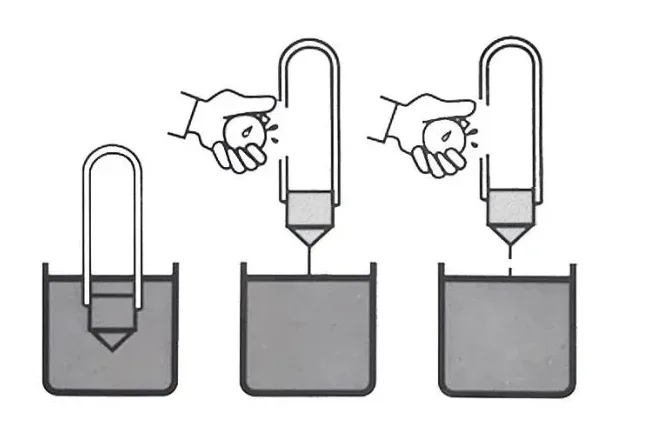
2. Ink Gloss Testing
Ink glossiness mainly refers to the ability of the printed surface to reflect light in the same direction after being exposed to light. The quality of ink glossiness can greatly affect the appearance of printed products. Good glossiness will result in bright colors, while poor glossiness will result in dull colors.
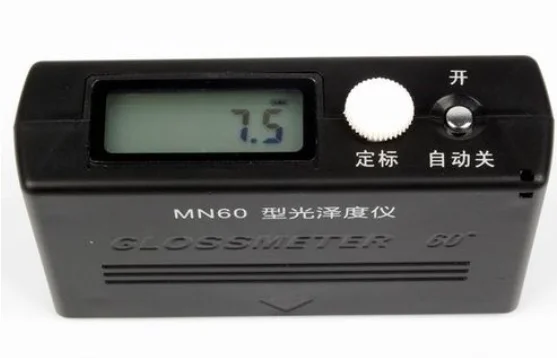
3. Ink Color Testing
The most obvious feeling that printed products give people is their color, brightness level and authenticity of reflection. In addition to pattern structure and printing level, almost all of them need to be expressed with color. As such, ink color testing is very important.
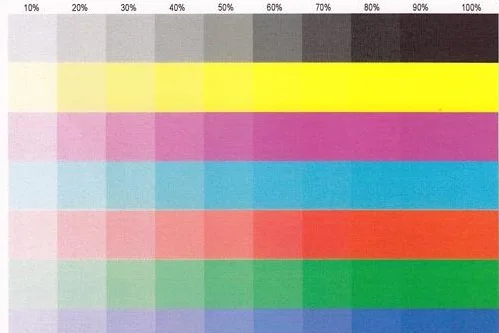
There are mainly two methods for testing ink color: one is instrument testing method, which refers to using instruments such as reflection densitometer and colorimeter to measure. Another is conventional testing method, which refers to comparing and judging ink applied onto printing materials.
4. Ink Fineness Testing
Ink fineness refers to the size of pigment particles (including fillers) in the ink and the uniformity of pigment particles in the binder. After the ink is diluted, the fineness and distribution of particles are measured using a scraper fineness meter, which is called ink fineness and expressed in micrometers (representing the maximum diameter of ink pigment particles).
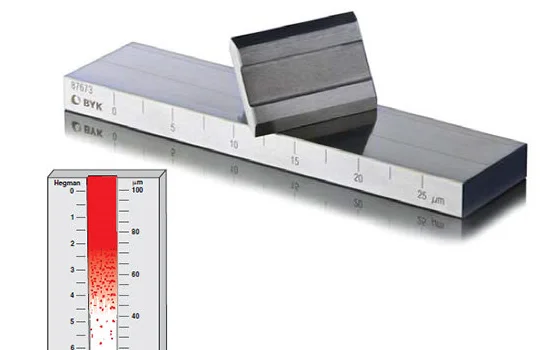
5. Ink Tinting Strength Testing
Tinting strength refers to the degree to which one ink affects the color change of another ink. During the process of mixing spot color inks, when the hue or color of one of the original inks change, the color of the spot color inks will change. For example, if the hue of the original ink is yellowish compared to before, the blended spot color ink will increase the yellow color. If the tinting strength of the original red ink is too strong, it will increase the red color.
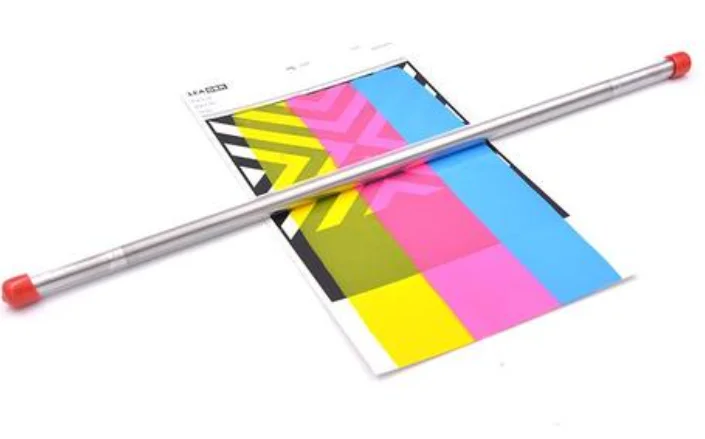
6. Ink Adhesion Testing
Ink adhesion refers to the fastness of ink on the printing surface. If the adhesion is poor and the fixation is not good, and there is no certain fastness, no resistance to friction, no resistance to impact, and no resistance to fatigue, then it is equivalent to no printing.
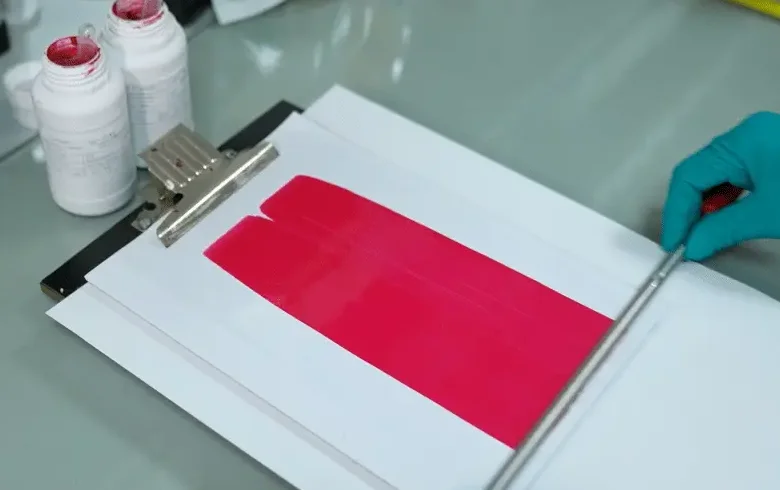
There are five methods to test ink adhesion:
1) Scratch Resistance Test: Use the thumb nail to apply moderate pressure to repeatedly scratch the ink layer on the film that has been printed and dried. If scratches or ink peeling can be seen on the ink layer, it indicates that the ink adhesion is not ideal.
2) Adhesive Tape Peeling Resistance Test: Use adhesive tape to evenly adhere to the printed sample. Press the back of the tape with your fingers to make it stick firmly onto the printed sample. Then, grab both ends of the tape and pull it up at a moderate speed to observe whether the ink is being stuck up by the tape. If there is ink on the tape, it indicates poor adhesion of the ink on the printing material.
3) Dry Friction Resistance Test: Place the printing surfaces of two printed samples relative to each other. Apply 2-4 pounds of pressure to repeatedly rub them. If there are scratches or ink peeling, it indicates poor ink adhesion.
4) Wet friction resistance test method is similar to dry friction resistance test mentioned above, except that a little bit of water needs to be added between the two printed samples.
5) Detergent Resistance test: Drop one or several drops of alkaline detergent onto the printed sample. Wait for 15 seconds. Use a tissue or clean soft cloth to absorb it completely. Then wipe it with medium pressure. If there is any change in the printed image and text, it indicates poor ink adhesion.
7. Ink Initial Dryness Testing
Ink initial dryness refers to the “fixation” stage of ink, during which ink changes from liquid to semi-solid and no longer flows or transfers, which is the initial drying of ink.
8. Ink pH Value Testing
Ink pH value is directly linked to the printing suitability of water-based ink, such as viscosity and dryness. Two methods are commonly used to test pH value: pH test strip testing method and acidimeter testing method. The data obtained by the test strip testing method may not be accurate enough, but the process is simple and it is a commonly used testing method in actual production. An acidimeter, also known as a pH meter, is an instrument that uses the potentiometric method to test the pH value of a solution. The data obtained through this method is relatively accurate, making it an ideal pH value testing method.
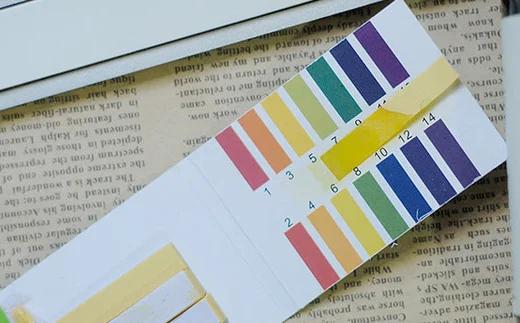
9. Ink Adhesiveness Testing
Ink adhesiveness testing is generally carried out using an inkometer, which tests the resistance of ink thin layer separation or splitting, using numbers to represent ink adhesiveness.
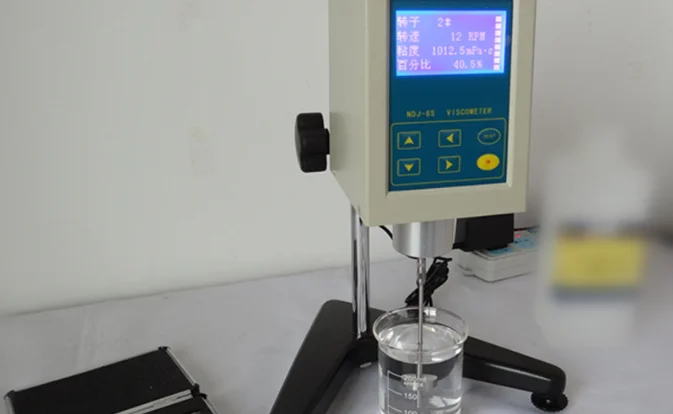
10. Ink Surface Tension Testing
Surface tension is the ability of a liquid surface to automatically contract in air. The surface tension of ink can affect the leveling and adhesion setting of ink, leading to printing failures. Currently, surface tension is usually tested using a surface tension meter.
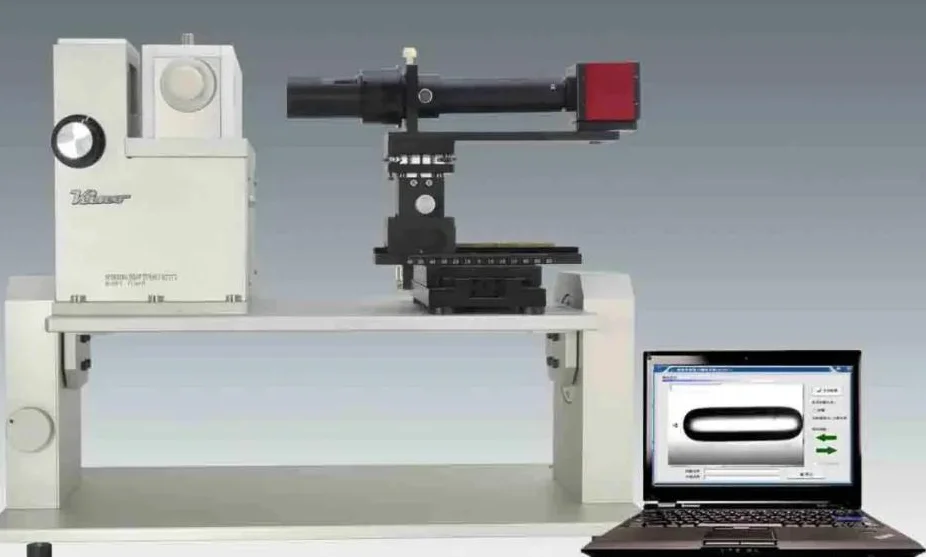
More information about Inks, you can check: Pigment for ink Uses
How to Improve Adhesion of Ink on Various Substrates?
Guide on Fabric Colorants: (Types, Uses, Techniques and How to Buy)
OUR PIGMENT POWDER PRODUCTS




1 thought on “What are the performance testing items for ink?”
Ꮋello! I’m at work surfing around your blog from my
new apple iphone! Just wanted to say I love reading your
blog and look forward to all your posts! Keep up the fantastic work!